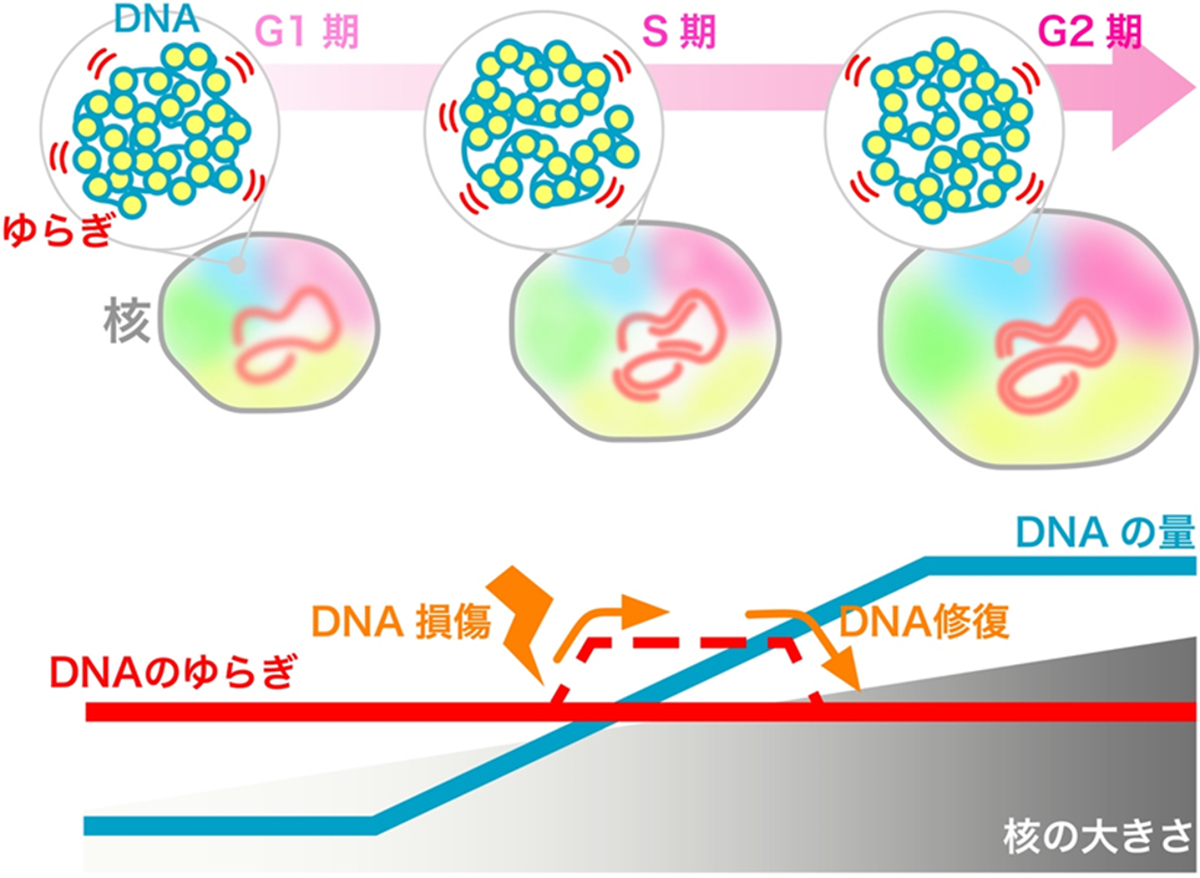カテーテルに微生物が付着するのを防ぐ新しい表面処理を開発 Novel surface treatment stops microbes from adhering to catheters
2022-06-06 ペンシルベニア州立大学(PennState)

The paper detailing the researchers’ work, “A readily scalable, clinically demonstrated, anitbiofouling zwitterionic surface treatment for implantable medical devices,” was featured on the cover of Advanced Materials for the issue in which it was published.
Credit: Provided by Amir Sheikhi. All Rights Reserved.
ペンシルベニア州立大学とカリフォルニア大学ロサンゼルス校が率いる研究チームは、このような感染症を防ぐために、これらの器具のための新しい表面処理を開発しました。
この研究成果は、5月19日発行の『Advanced Materials』誌に掲載されました。
<関連情報>
- https://www.psu.edu/news/research/story/scientists-devise-method-help-prevent-hospital-infections/
- https://onlinelibrary.wiley.com/doi/10.1002/adma.202200254
移植可能な医療機器のための、容易に拡張可能で臨床的に実証された、双性イオン性の抗生物ファウリング表面処理 A Readily Scalable, Clinically Demonstrated, Antibiofouling Zwitterionic Surface Treatment for Implantable Medical Devices
Brian McVerry,Alexandra Polasko,Ethan Rao,Reihaneh Haghniaz,Dayong Chen,Na He,Pia Ramos,Joel Hayashi,Paige Curson,Chueh-Yu Wu,Praveen Bandaru,Mackenzie Anderson,Brandon Bui,Aref Sayegh,Shaily Mahendra,Dino Di Carlo,Evgeniy Kreydin,Ali Khademhosseini,Amir Sheikhi,Richard B. Kaner
Advanced Materials Published: 22 March 2022
DOI:https://doi.org/10.1002/adma.202200254
Abstract
Unlike growth on tissue, microbes can grow freely on implantable devices with minimal immune system intervention and often form resilient biofilms that continuously pump out pathogenic cells. The efficacy of antibiotics used to treat infection is declining due to increased rates of pathogenic resistance. A simple, one-step zwitterionic surface modification is developed to significantly reduce protein and microbial adhesion to synthetic materials and demonstrate the successful modification of several clinically relevant materials, including recalcitrant materials such as elastomeric polydimethylsiloxane. The treated surfaces exhibit robust adhesion resistance against proteins and microorganisms in both static and flow conditions. Furthermore, the surface treatment prevents the adhesion of mammalian fibroblast cells while displaying no cytotoxicity. To demonstrate the clinical efficacy of the novel technology in the real-world, a surface-treated, commercial silicone foley catheter is developed that is cleared for use by the U.S. Food and Drug Administration (K192034). 16 long-term catheterized patients received surface-treated catheters and completed a Patient Global Impression of Improvement (PGI-I) questionnaire. 10 out of 16 patients described their urinary tract condition post implantation as “much better” or “very much better” and 72% (n = 13) of patients desire to continue using the surface-treated catheter over conventional latex or silicone catheters.


